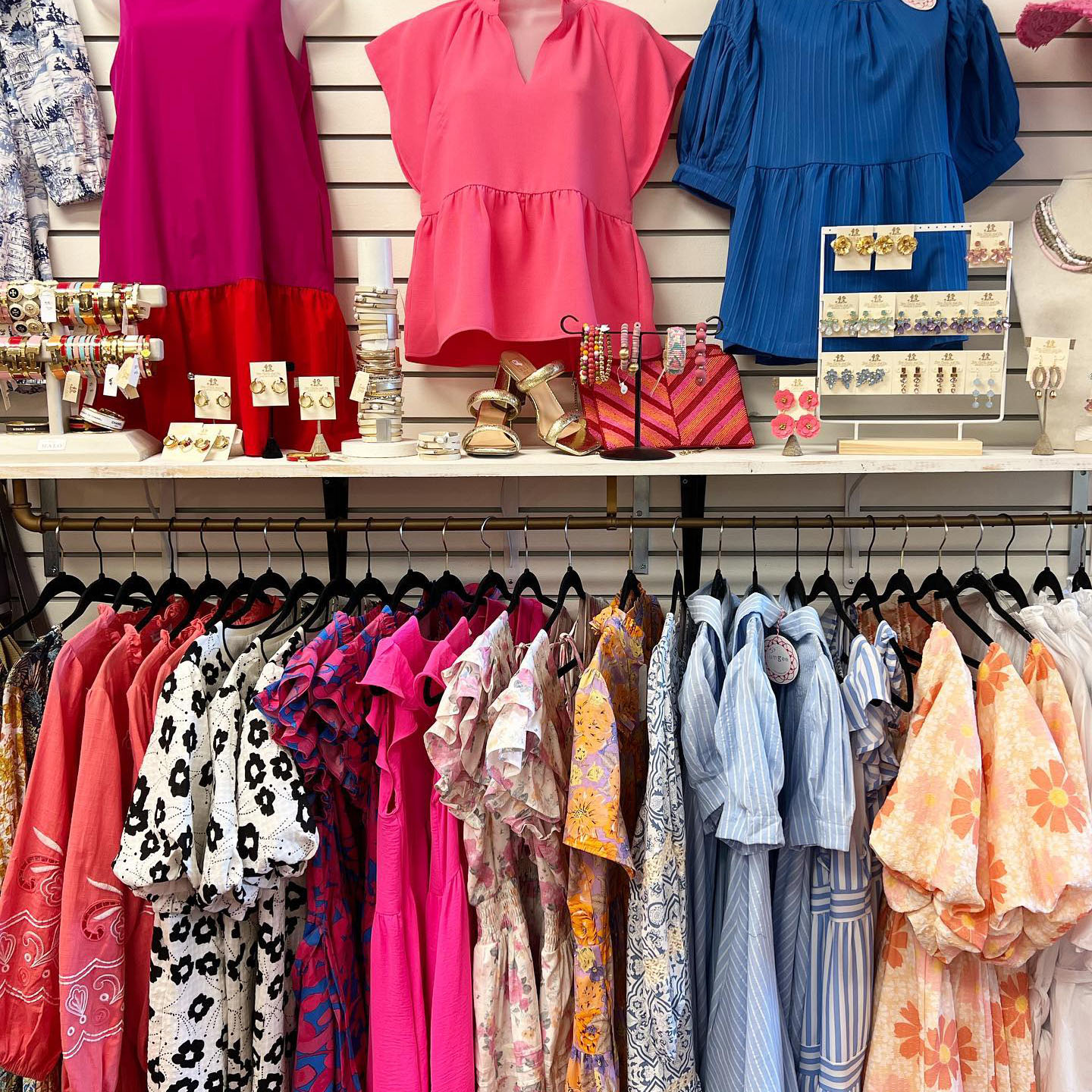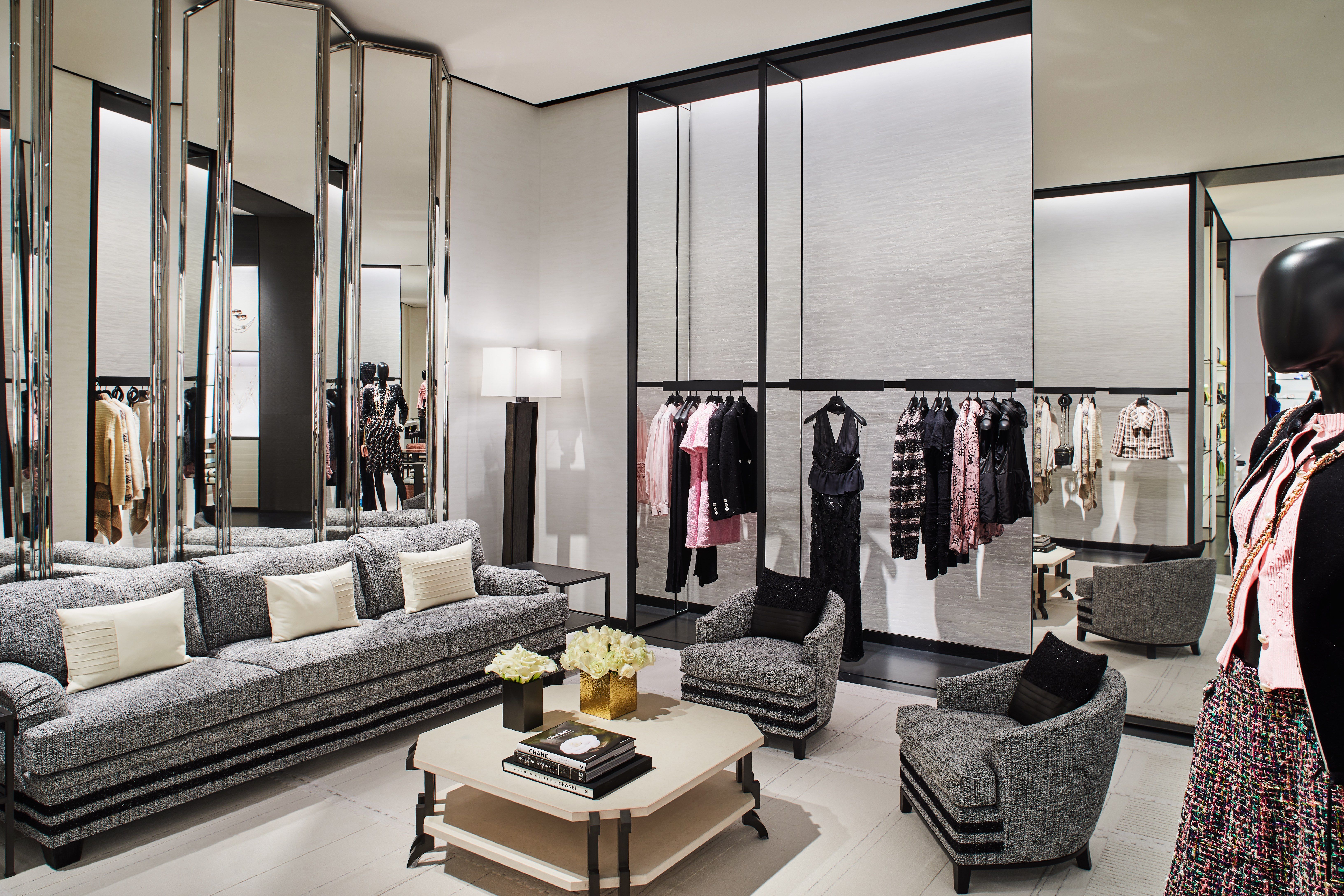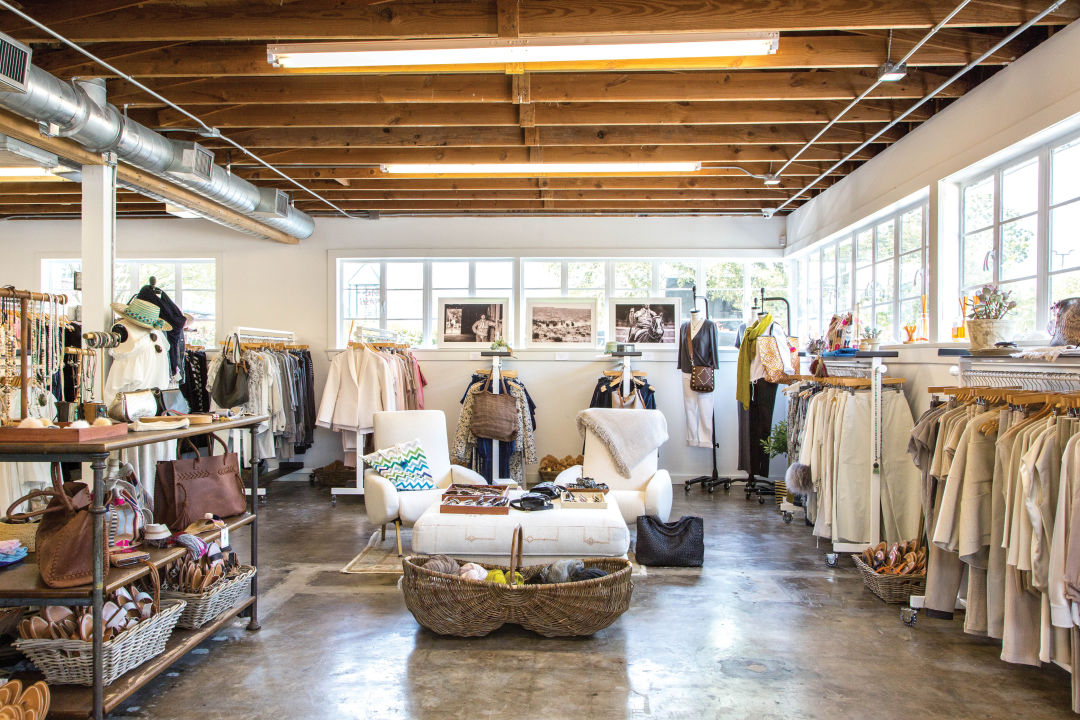Exploring the Development and Influence of Clothing on Modern Fashion Trends
The evolution of garments has actually significantly influenced contemporary style trends, merging historical precedents with sophisticated innovations. Renowned numbers like Coco Chanel and Yves Saint Laurent changed the fashion business by introducing concepts that focus on comfort and access, which continue to reverberate today. Technical strides in locations such as 3D printing and smart textiles are redefining style opportunities and customer experiences (boutique fashion). Furthermore, the expanding focus on inclusivity and sustainability is improving market requirements. As we take into consideration these multifaceted influences, one must question how these elements jointly redefine style's duty in showing and shaping contemporary society.
Historic Style Influencers
In the tapestry of fashion history, specific figures have actually left an enduring mark, shaping the fads and designs that define entire eras. Coco Chanel, a revolutionary developer, redefined ladies's fashion by presenting comfy, stylish clothing that left from limiting corsets. Her legendary Chanel match and little black outfit have come to be ageless staples in wardrobes worldwide. Similarly, Christian Dior's post-war "New Look" in 1947, with its party of womanhood through full skirts and cinched midsections, marked a go back to opulence and has continued to influence developers.
Elsa Schiaparelli is an additional pivotal number, renowned for her progressive designs that integrated surrealist art, collaborating with Salvador Dalí to create wayward pieces that challenged standard looks. Her cutting-edge use of shade and vibrant patterns reverberates in contemporary style. Yves Saint Laurent, meanwhile, equalized high style with prêt-à-porter collections, bringing path styles to the masses and setting a criterion for modern-day ready-to-wear lines.
These visionaries, amongst others, not only transformed fashion in their times yet additionally set enduring patterns that reverberate in today's style sector, offering a foundation upon which modern-day developers remain to innovate and build. Their traditions emphasize the relevance of creativity and daring in style's ever-evolving narrative.
Technological Developments in Fashion
In the middle of the dynamic landscape of the style market, technical improvements stand at the center of technology, improving just how designers create and consumers engage with fashion. The integration of 3D printing has revolutionized design procedures, allowing developers to explore complicated structures and sustainable materials that were formerly impossible. This modern technology assists in quick prototyping, minimizing waste and accelerating manufacturing times.

Smart fabrics, embedding modern technology into textiles, are also transforming the sector. Advancements like self-cleaning and temperature-regulating textiles offer improved capability and comfort. Wearable innovation, including attributes like physical fitness monitoring and interaction, adds a new measurement to style, combining aesthetic appeals with usefulness.
Cultural Shifts and Style
As technological developments proceed to improve the style market, social changes are similarly prominent, redefining design and customer choices. In current years, the surge of social media sites systems has actually sped up the circulation of worldwide fashion patterns, permitting diverse cultural influences to coexist and converge. This digital interconnectivity has actually promoted the quick exchange of concepts, causing an extra diverse and inclusive analysis of design that shows the multifaceted nature of modern culture.
Cultural understanding and gratitude have motivated developers to draw inspiration from a more comprehensive range of historical and ethnic contexts, incorporating standard themes with contemporary aesthetics. This blend has actually resulted in style that reverberates with a larger target market, advertising a sense of identity and belonging across various demographics. Furthermore, the increasing need for personalization has actually driven brand names to provide personalized choices, allowing consumers to reveal individuality while mirroring their social heritage.
Additionally, shifting social values have actually impacted fashion, with inclusivity and diversity becoming main styles. The market has begun to welcome models and influencers of numerous type of body, ethnic cultures, and gender identifications, challenging standard charm click over here now criteria. This makeover emphasizes the power of cultural changes in shaping the future of fashion, as style ends up being an extra authentic expression of collective and individual identity.
Sustainability and Modern Style
While the fashion industry continues to develop, the crucial for sustainability has actually come to be significantly immediate, affecting contemporary style methods. The increase of sluggish fashion, which emphasizes quality over quantity, encourages customers to spend in classic items instead than transient patterns.
Additionally, modern design is characterized by its innovation in minimizing waste and advertising circularity. Strategies such as zero-waste pattern cutting and 3D knitting are getting grip, enabling designers to create garments with marginal material waste. Furthermore, brands are adopting clear supply chains, making certain responsibility and promoting consumer trust. This strategy not just reduces environmental influence however also boosts the social obligation of fashion residences.

Future Trends in vogue

Sustainability will remain to be a driving pressure in shaping future style trends. The sector is progressively taking on green materials and moral production approaches, replying to an expanding consumer need for accountable techniques. Advancements such as bio-fabricated products and closed-loop recycling systems are readied to redefine just how clothes is generated and taken in, lowering environmental influence while maintaining design and quality.
Cultural changes, including the increase of inclusivity and variety, will additionally play a critical function. As culture ends up being extra aware of social problems, style is expected to end up being a system for expression and change. Designers will likely concentrate on producing collections that show a more comprehensive variety of experiences and identities, championing representation and access.
Conclusion
The development of apparel significantly affects modern-day style trends, where historical influences combine with modern layouts. Trick figures like Coco Chanel and Yves Saint Laurent try here have redefined style, while technological advancements such as 3D printing and clever fabrics expand creative possibilities. Cultural shifts towards inclusivity and sustainability force brand names to take on moral techniques and welcome diversity. This ongoing evolution highlights fashion's role as a mirror to societal values and technological development, suggesting a future rich with innovation and inclusivity.
The advancement of clothing has actually dramatically affected modern fashion fads, combining historical precedents with sophisticated advancements.In the middle of the dynamic landscape of the style market, technological advancements stand at the center of advancement, reshaping just how developers create and customers engage with fashion.While the style industry proceeds to progress, the necessary for sustainability has become significantly urgent, affecting contemporary design techniques. As sustainability ends up being ingrained in contemporary design, it leads the way for an extra mindful and responsible style industry.
The advancement of clothes dramatically affects modern style fads, where historic influences combine with contemporary layouts.
Comments on “Why Boutique Fashion is the Ultimate Choice for Distinct Style”